
Democracy takes flight
Queen bees and alpha chimps aren't voted into office, but that doesn't mean they're despots. Scientists have begun to view many animal species as de facto democracies, where majority rule ensures survival more than tyranny can. Our own species' democratic tendencies date back at least to our pre-human ancestors.
"[S]hared decision-making is likely to be of great importance for the evolution of stable social organizations, explaining why it appears to be common in social animals," biologists Larissa Conradt and Timothy Roper wrote in a 2007 study, "Democracy in animals." Most species don't belabour politics like humans do, but our democratic roots can be seen across the animal kingdom - which, in many cases, is more like an animal republic. (Text: Russell McLendon)
1. Red deer
Photo: Mehmet Karatay/Wikimedia Commons
The red deer of Eurasia live in large herds, spending lots of time either grazing or lying down to ruminate. Some deer are ready to move on before others are, and scientists have noticed that herds only move when 60 percent of the adults stand up - essentially voting with their feet. Even if a dominant individual is more experienced and makes fewer mistakes than its underlings, herds typically favour democratic decisions over autocratic ones.
A major reason for this, according to research by biologists Larissa Conradt and Timothy Roper, is that groups are less impulsive: "Democratic decisions are more beneficial primarily because they tend to produce less extreme decisions, rather than because each individual has an influence on the decision per se."
Related Links: (1) Photo: Red deer calls through morning fog; (2) Assignment Earth: Dangerous deer crossings.
2. Chimpanzees
Chimpanzees' power struggles may be louder and rowdier than Senate hearings and town-hall meetings, but not by much.
And while there aren't formal elections in chimp society, no alpha male can rule for long without support from a key voting bloc: females. "The male has to be accepted by the females before he can gain his status," according to the Institute for the Study of Human-Animal Relationships. "Females can be very choosy, and if the females do not approve of the alpha male they will not let him mate with them." After that happens, he may soon be overthrown by a rival male.
Related Links: (1) Chimpanzee study reveals why yawning is contagious; (2) U.S. agrees to limit medical research on chimpanzees.
3. Honeybees
While honeybees and other highly social insects live for their queen, they don't live in monarchies. Queen bees are essentially just egg-laying machines, leaving the grunt work of running the hive to workers and drones. These lesser bees may not consciously deliberate like human voters, but their collective will is nonetheless what drives the hive's success.
When scout bees perform a waggle dance to pitch future nesting sites, dozens may compete in trying to sway the colony's decision. It's like "a popularity contest with a dance party," according to biologist Thomas Seeley of Cornell University, who reported in 2011 that bees also use another tactic to build consensus: They head-butt any scouts that stubbornly keep dancing for a less popular site. It's sort of like the insect world's version of an Iowa caucus.
Related Links: (1) Honeybees headbutt each other to make decisions; (2) Pesticides have domino effect on bees.
4. African buffalo
Similar to red deer, African buffalo are herd herbivores that often make group decisions about when and where to move. In the 1990s, researchers realized that what initially looked like "mundane stretching" is actually a type of "voting behaviour," in which females indicate their travel preferences by standing up, staring in one direction and then lying back down.
"Only adult females vote, and females participate regardless of their social status within the herd," biologist David Sloan Wilson wrote in a 1997 study. "When the average direction of gaze is compared with the subsequent movement of the herd, the average deviation is only three degrees, which is well within measurement error. On days in which cows differ sharply in their direction of gaze, the herd tends to split and graze in separate patches for the night."
Related Links: (1) Africa's game parks rapidly losing animals; (2) Lions on the loose in Kenya's urban jungle.
5. Cockroaches
Roaches don't have complex social structures like bees and ants, but they may still be capable of democratic decisions. To test this idea, a team of researchers presented 50 roaches with three shelters, each of which could hold 50 individuals. Since roaches prefer dark to light, they quickly divided into groups and fled into shelters.
But rather than behaving chaotically, the roaches split into groups of 25, half filling two shelters and leaving the third empty. When larger shelters were introduced, the roaches formed a single group in just one of them. According to the study's authors, the roaches were striking a balance between cooperation and competition for resources: "Without elaborate communication, global information, and explicit comparison of available opportunities, the animals are able to assess the availability of resources and adapt the way they form groups among selected sites."
Related Links: (1) How robots mimic roaches' disappearing act; (2) Scientists steer live cockroaches with a remote control.
6. Baboons
Baboons are monkeys, not apes, but their governing styles still bear some similarities to chimpanzees. Much like in chimp society - where an alpha male is often kept in check by female consensus - dominant male baboons aren't quite dictators. According to primatologists James Else and Phyllis Lee, yellow baboons' group decisions about troop movement may be influenced by any adult, but high-ranking males and females seem to have the final say.
"All adult animals were observed to display orientation and appeared to influence troop choice through it," Else and Lee report in "Primate Ecology and Conservation," adding that "the agreement of the two most influential females and often of the adult male was necessary for other individuals' suggestions to influence group decisions."
7. Pigeons
Photo: D.B./Flickr
Pigeons rarely get respect on city streets, but according to biologists at Oxford University, they have complex social hierarchies in which even low-ranking birds can vote on the flock's next flight. Using GPS trackers attached to tiny backpacks, the researchers found that "most birds have a say in decision-making, [but] a flexible system of 'rank' ensures that some birds are more likely to lead and others to follow."
This kind of setup, they add, "may represent a particularly efficient form of decision-making."
Related Links: (1) Bird brains: Pigeons gamble just like humans; (2) Pigeons recognize human faces, despite change of clothes.
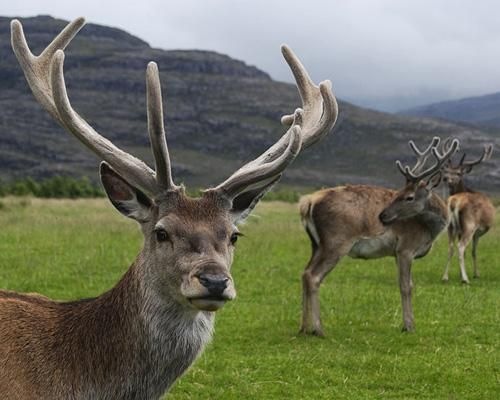
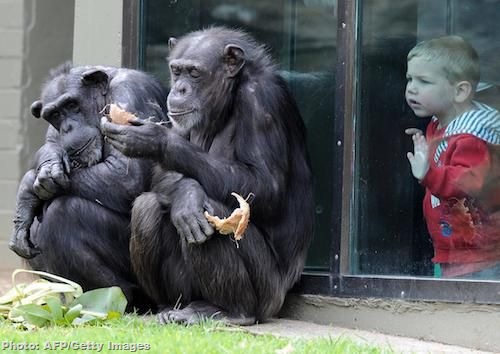
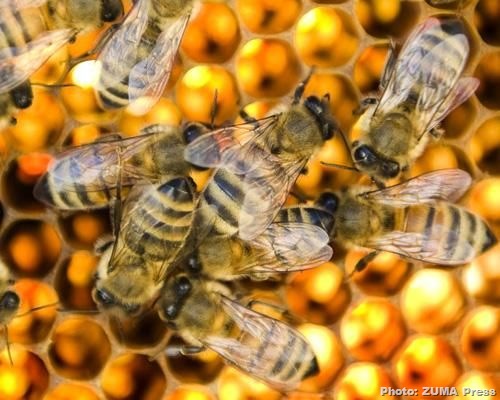
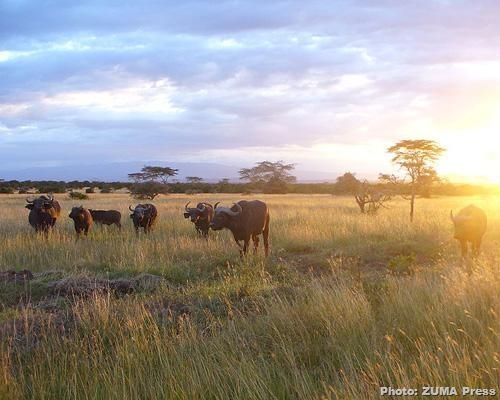
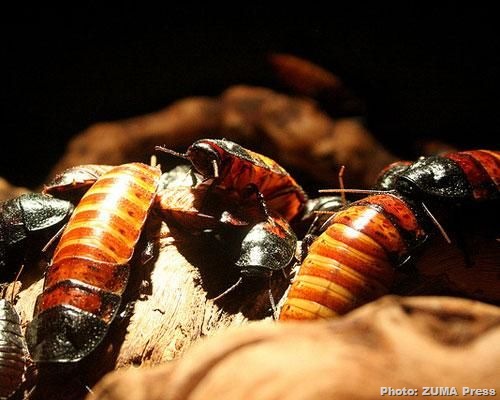

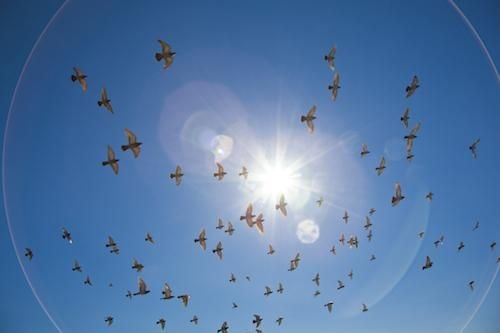
No comments:
Post a Comment
Please adhere to proper blog etiquette when posting your comments. This blog owner will exercise his absolution discretion in allowing or rejecting any comments that are deemed seditious, defamatory, libelous, racist, vulgar, insulting, and other remarks that exhibit similar characteristics. If you insist on using anonymous comments, please write your name or other IDs at the end of your message.